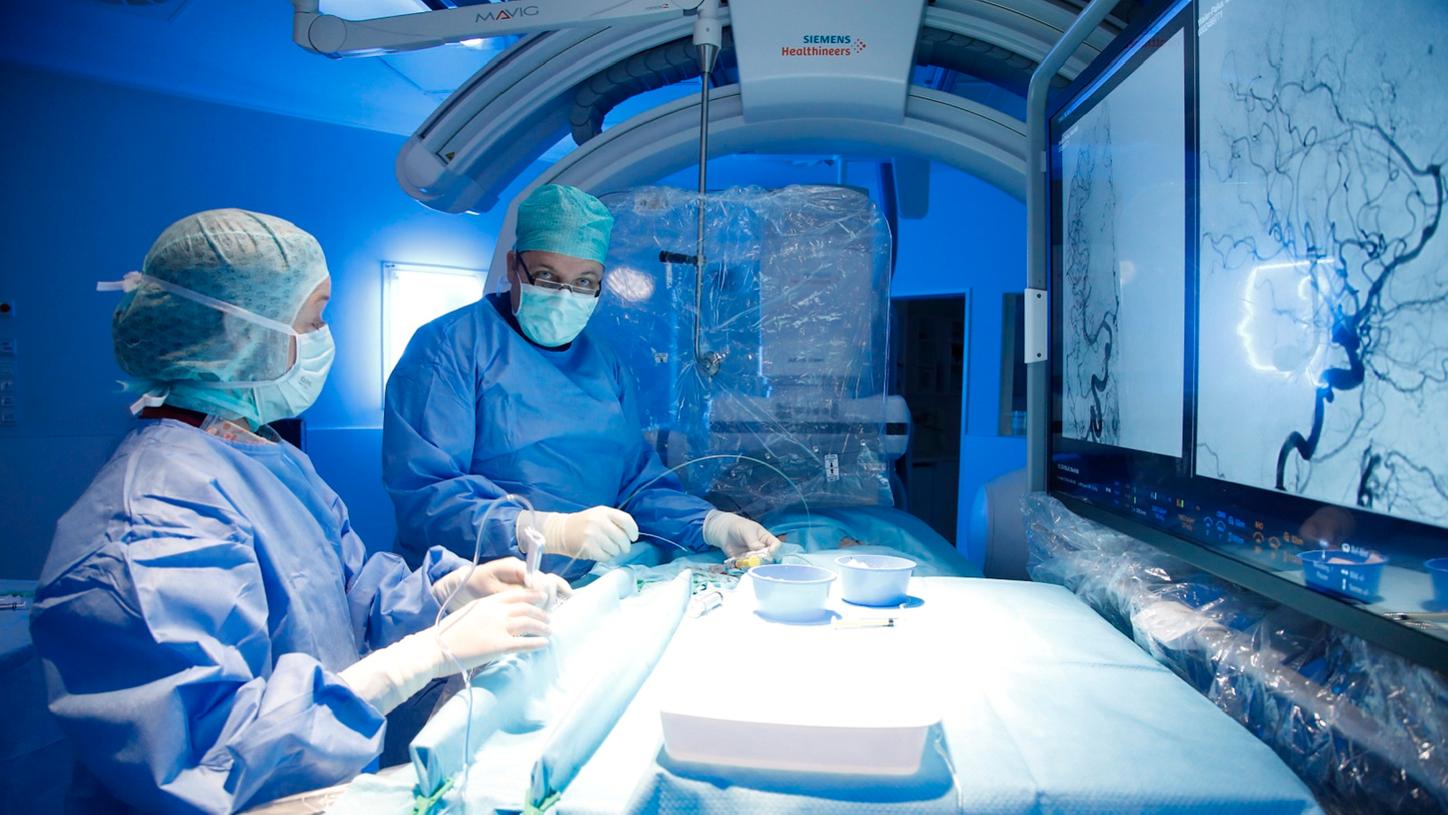How image-guided therapy is impacting the lives of patients around the world
Image-guided therapy can be used to significantly improve a patient’s life by assisting in the treatment of a serious condition, such as a stroke or heart attack. Lower complication rates, faster recovery times, shorter hospital stays, lower risk of disability post treatment, and overall, a better quality of life are just some of the benefits patients can experience with minimally invasive treatment methods.
One such case where minimally invasive solutions, including image-guided therapy, were used to improve the treatment process of a patient is Frank’s case. At the request of a friend, Frank, a seemingly healthy middle-aged businessman, went for a cardio checkup at his local hospital. Despite maintaining a healthy diet, regular exercise regime and being a non-smoker, a coronary CT angiogram (CCTA) showed 90% occlusion in Frank’s right coronary artery. Luckily, this form of non-invasive imaging was enough to provide the doctors with the information they needed to successfully treat Frank and quickly get him on the road to recovery.
Stéphane’s case was more serious and urgent. After waking one morning and collapsing to the floor, he was unable to speak. His right side was paralyzed, and he had trouble talking. Due to the quick thinking and actions of his wife, the paramedics, and the hospital staff however, Stéphane was able to receive an emergency thrombectomy to treat a vascular occlusion. This quick diagnosis and treatment process prevented Stéphane from suffering any long-term stroke effects and ensured him a full recovery.
With many more examples of patient success stories like these, it’s clear how minimally invasive therapy is transforming patients’ lives and how medical procedures are done, effectively changing the way we look at disease diagnosis, prevention, and treatment for the better.
Smart solutions for your clinical discipline
We’ve made it our mission to keep pushing boundaries and driving possibilities. That is why we offer image-guided workflows for various clinical disciplines, including interventional radiology, cardiology, and surgery.
Striving to overcome the most threatening diseases. Together
To stay successful in meeting today’s challenges, hospitals are increasingly focusing on an interdisciplinary, disease-oriented setup across departmental borders. We want to support these institutions on this journey by being their partner along disease pathways with image-guided solutions.
Already today, we cover many clinical topics and tailor our radiology products and solutions along clinical pathways. With intelligent, digitally connected imaging solutions you can improve diagnostic accuracy, plan treatment options and guide minimally invasive therapy. With our focus towards the world’s major diseases including stroke, coronary artery disease, lung, and liver cancer, we are committed to supporting patients in every step of their journey.







